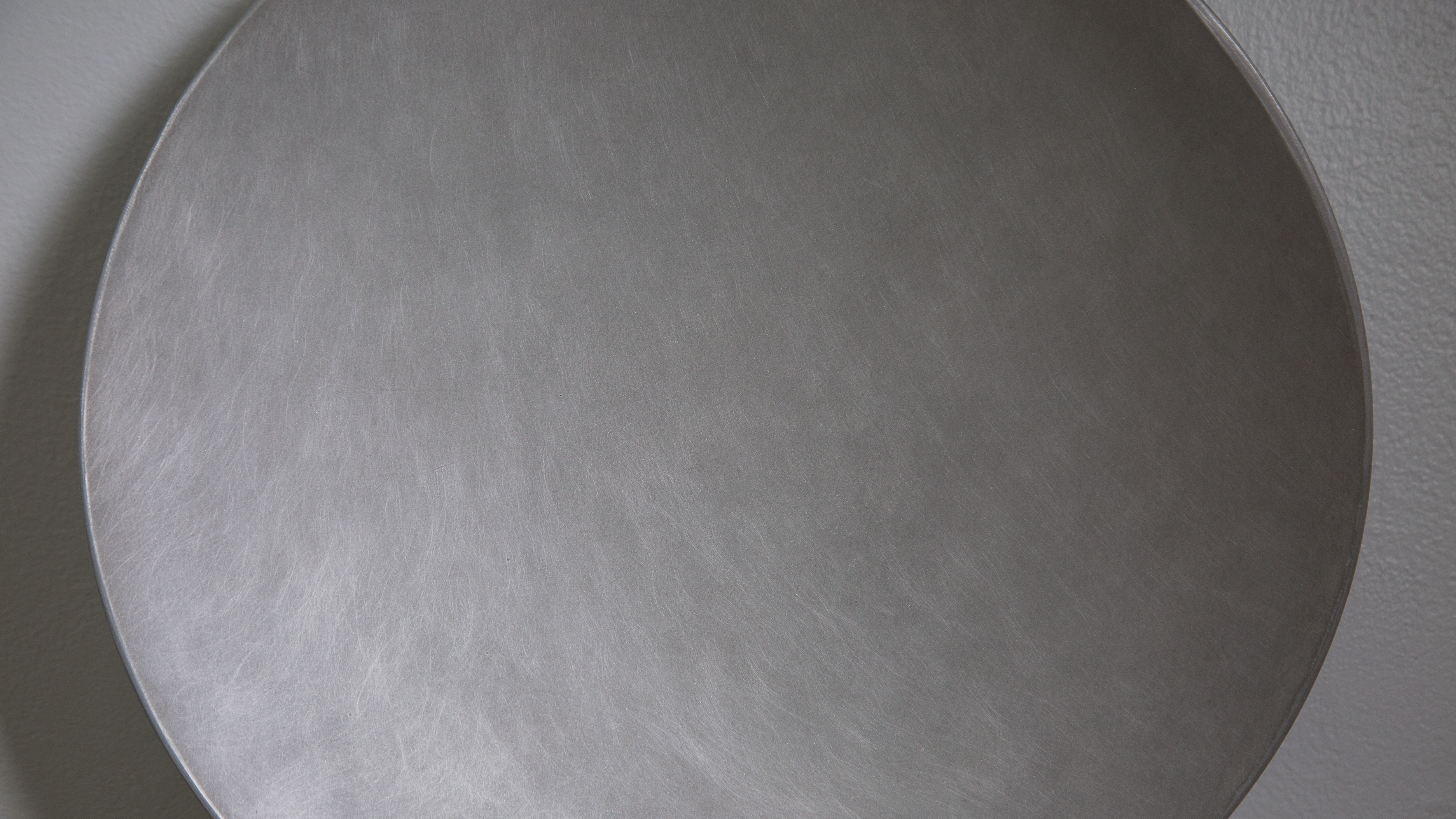︎
Before the invention of timekeeping technology, the concepts of time were based on our understanding of physical space and our memory. In a world with three spatial dimensions plus the linear time perception, humans have learned to use spatial metaphors to think about time.
In the past, time was a neurological construct;
Before the invention of timekeeping technology, the concepts of time were based on our understanding of physical space and our memory. In a world with three spatial dimensions plus the linear time perception, humans have learned to use spatial metaphors to think about time.
As the sun moves across the sky, shadows change in direction and length. It did not require a long time for humans to realize the repetitive changing position of sunlight and shadow was a good tool to verify the sense of time. Light and shade build up a predictable context as a most basic clock. It was far from an accurate measurement by today’s standards but precise enough for an agricultural society.
In the past, time was a neurological construct;
time was a product of memory;
time was relative;
time was subjective;
time was the changing of light and shadows.
We had to spend time to read time.
Gradually, timekeeping technology has become advanced and precise. Today, reading time is quick and easy. It merely requires a glance at concrete figures. We have eventually come to rely on timepieces to regulate our time perception and redefine our lives.
In the present, time is a meticulous invention;
time is a physical constant;
time is absolute;
time is objective;
time is the numbers on screens.
What Time Was It hopes to provoke a reflection on obsolete and new definitions of time.
What is your definition of time?
Is it a reliable tool or an unbreakable illusion?
Is it freedom or a trap? Romance? Burden? Addiction?
︎
 ︎ 光 陰
︎ 光 陰 